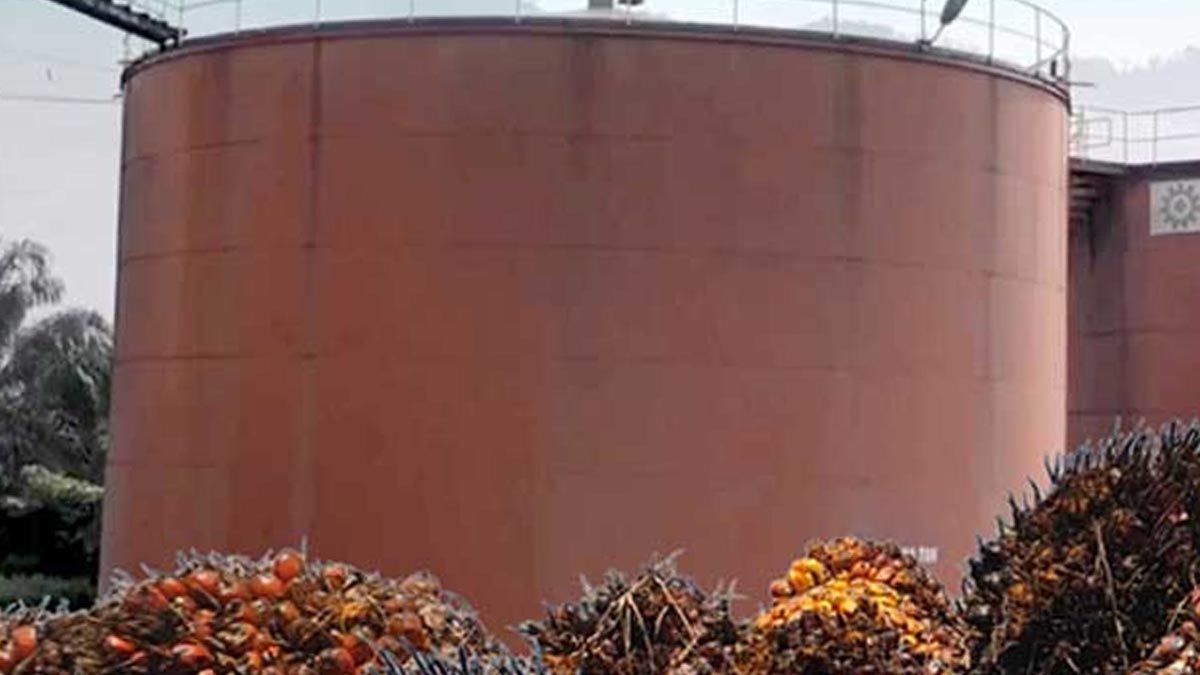PALMOILMAGAZINE, JAKARTA — The plantation subsector has once again become a key pillar supporting Indonesia’s trade balance. According to the Palm Oil Outlook 2024 published by the Agricultural Data and Information Center of the Ministry of Agriculture (Kementan), plantations were the only agricultural subsector to consistently record a surplus during the 2021–2023 period, while others continued to post deficits.
In 2023, foreign exchange earnings from plantation exports reached US$33.78 billion, underscoring the sector’s resilience as a backbone of the national economy amid global uncertainty.
“The largest contributor to this surplus came from exports of crude palm oil (CPO) and its derivatives, accounting for 75.80% of total plantation export value,” stated the Palm Oil Outlook 2024, as cited by beige-heron-208544.hostingersite.com (2 November 2025).
Also Read:
With its dominant export performance, palm oil continues to prove its position as a strategic and highly competitive commodity in the global market.
Beyond palm oil, other key commodities such as rubber, coconut, cocoa, and coffee also contributed to the sector’s strong export performance—making up 7.55%, 3.89%, 3.55%, and 2.75%, respectively, of total plantation exports. While smaller in proportion, these commodities play an important role in maintaining export balance and diversifying the nation’s foreign exchange sources.
The strong performance of palm oil exports has been supported by government policies aimed at improving productivity, promoting sustainability, and expanding market access to various destination countries. However, global challenges—including the European Union Deforestation Regulation (EUDR) and fluctuating global vegetable oil prices—remain factors that require continuous attention.
Looking ahead, the Ministry of Agriculture emphasized that strengthening downstream industries and adopting sustainable plantation practices will be crucial to maintaining the sector’s positive performance. With vast potential still untapped, the palm oil industry is expected to continue contributing not only as a source of foreign exchange, but also as a driving force for rural economic growth. (P2)
